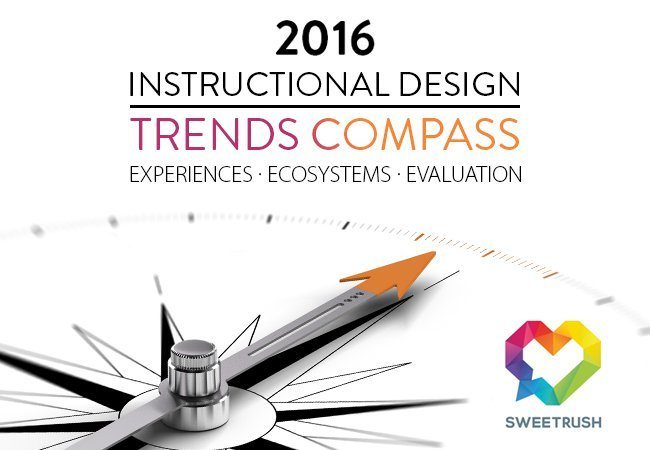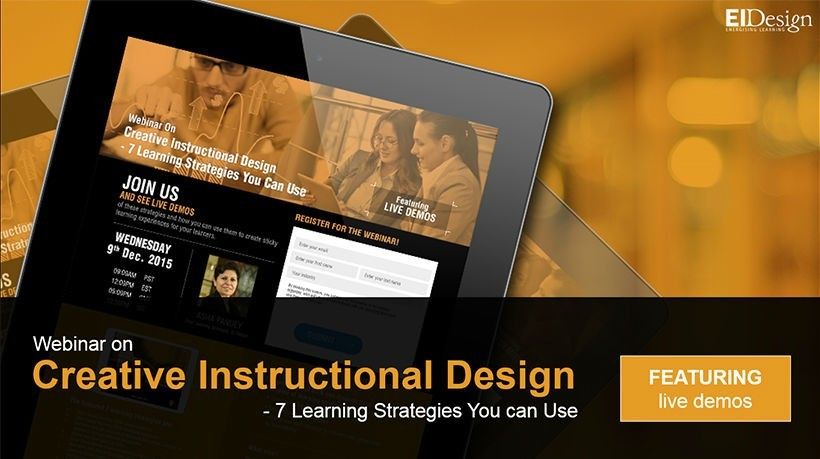January 23, 2016
Transfection (Trans- +[In]Fection) As Teaching: What Molecular Biology Has In Common With eLearning
What is the relationship between eLearning and transfection? Unlike social media, eLearning is more controlled, which prevents it from “going viral”; however, it can be transfected to a learner. Focus on Instructional Design marks an edu-tectonic shift to course content, delivery, and design in an effort to make the most lasting effect on learners. Ideal Instructional Design combines content, context, and personalized material in educational learning payloads.
by Carrie Bailey
![Transfection (Trans- +[In]Fection) As Teaching: What Molecular Biology Has In Common With eLearning](https://cdn.elearningindustry.com/wp-content/uploads/2016/01/transfection-trans-infection-teaching-molecular-biology-common-elearning-r100-e1453111367997.png)










